PARTICIPANTS
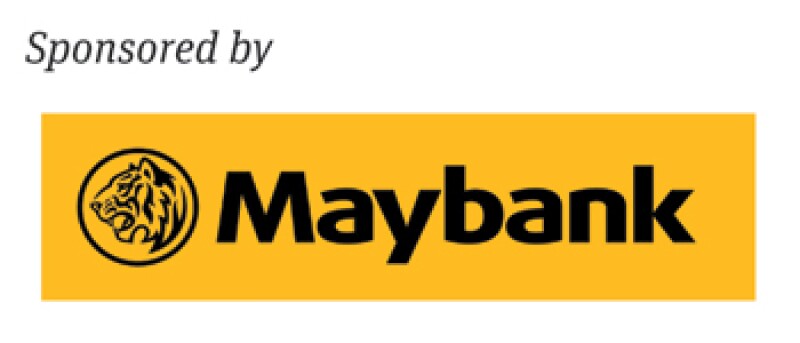
John Wong, group head, transaction banking, Maybank
Amos Ong, head, client coverage, Maybank Singapore
Salehaldin Nasron (Azhar), treasurer, Lotte Chemical Titan Group
S.V. Padmanabhan (Venkat), president and global head of corporate planning, Olam International Limited
Moderator: Matthew Thomas, contributing editor, Asiamoney

Asiamoney (AM): There is no doubt that everyone on this panel, during the span of their career, has seen Asia become a much more important part of the global economy. China is now the largest economy in the world, according to the International Monetary Fund. The ASEAN region is growing ever closer together. But how has the demand for working capital solutions evolved as Asian economies have become more prominent?
John Wong, Maybank: I have been in the banking industry for around 20 years, across a couple of banks, in a couple of different countries. When I started my career, transaction banking was a playground for the global and regional banks, in particular the European and US banks. It was during those days that we effectively created cash management for companies in the region, as well as trade finance and then securities services. Throughout the years, we saw that a lot of these products that were created by foreign banks began to be taken up by Asian banks as they spread throughout the region and became more important in their local economies. The products evolved first, and then the banking system evolved to follow suit.
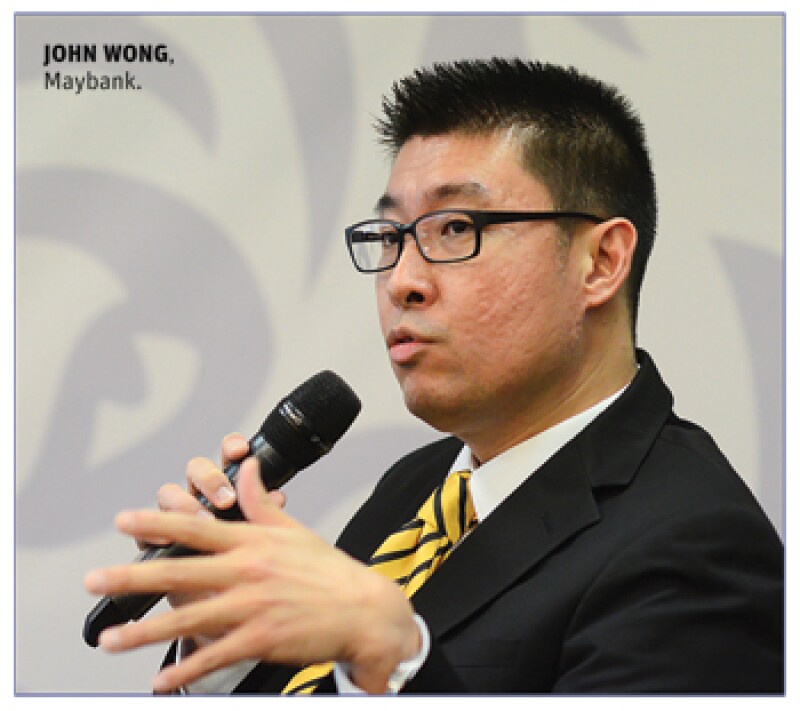
The thinking behind transaction banking should be simple. Banks need to ask themselves: how do we put ourselves in the client's shoes? How do we offer a solution to the problems that we would be facing in their position? The two most important people in a business are the CEO and the CFO. Nowadays, these executives do not just look at their businesses from a payment angle, or just look at the cash flow or the operating cycle.
Instead, they ask: is capital being deployed correctly at my company? What sort of expansion should I be looking at? How many loans should I be willing to take on? That is where we can come to them with solutions. The evolution of transaction banking is moving from products to solutions. We do not just approach people with products pulled off the shelf anymore. We need to work very hard to understand the companies, and be there to help them in the next stage of their business.
Amos Ong, Maybank: I can recall being a young banker in the 90s and early 2000s. Back then, most of the FDI flows in this region were going into China. There was a massive concentration on China. But we have all seen what has happened since then: the cost structure in China has elevated and foreign investors are now relocating back to their home countries and to other countries with a lower cost base like Indochina. That is one major trend we have seen, and it has spread FDIs over a much larger geographical footprint. That has made the need for managing your flows and your cash all the more important.
AM: To what extent is it possible now for a bank to prosper by offering a small number of products, or serving a small number of economies, especially given the greater geographical spread of revenue streams that Amos has mentioned? Does transaction banking really have to be provided by regional players at the moment, or can smaller, local banks have a place too?
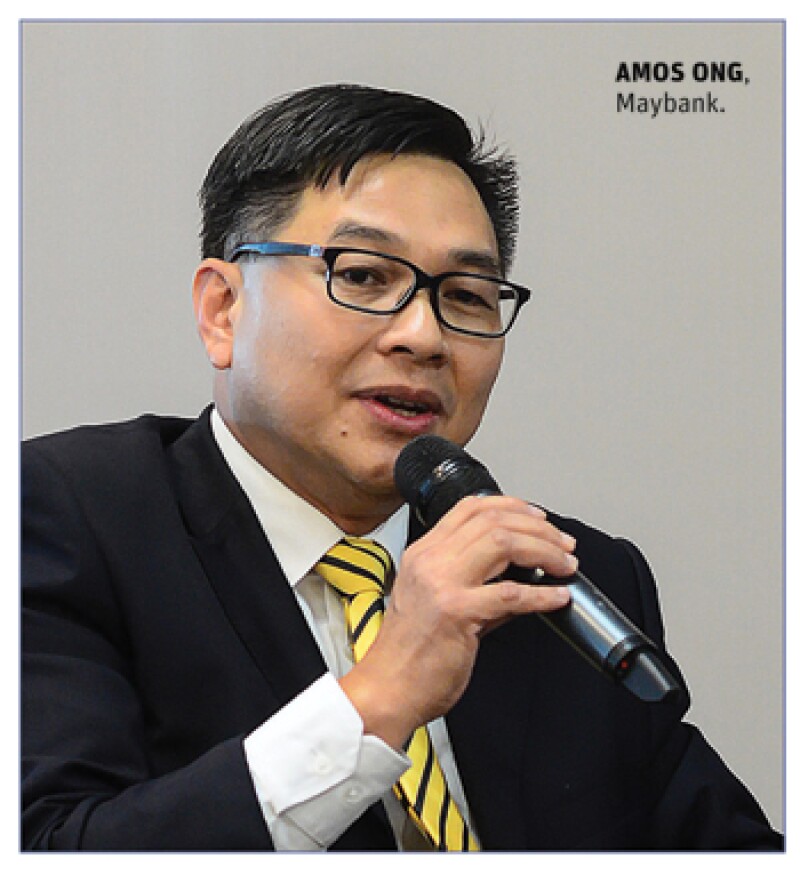
Most banks, once they establish transaction banking, try to move away from the typical corporate banking area where you provide the customer with more and more loans. Sometimes if you provide a customer with more loans, and the client doesn't know how to optimise them, it will just kill the company. You see it in a lot of companies that come and go. Companies can survive or perish on the basis of how they handle cash flow problems. To relate things to the young boys and girls in this room, one of the pitfalls to watch out for is rolling over your debt. The first thing you would experience in this regard is credit cards, and it is similar for companies with their debt.
S.V. Padmanabhan, Olam: It is not necessary that a bank should be present everywhere. We should be able to identify opportunities with different banks in different countries.
Banking relationships are like any other relationships. The most important thing is to be truthful, and to understand each other. John said that they are moving more and more towards understanding the customer. That is the right angle to approach things. The moment your banker understands your business as well as you do, and there is trust between you, it is a match made in heaven. That is when the solutions become a lot easier to find.
We have S$14.6bn of credit lines at Olam. We operate in 65 countries, employ 23,000 people, and have S$19.4bn of turnover. Because of that we deal with almost any bank you can name. What matters is not how big the bank is or how senior the banker is. What really matters is how humble they are to try to understand your business, and how nimble they are in providing solutions. We don't want to look for a bank that is all over the world only, but also look at institutions like Maybank that can give very customised solutions to meet our needs. That is how Olam was able to grow, and we really have to salute our bankers for helping us achieve what we have.
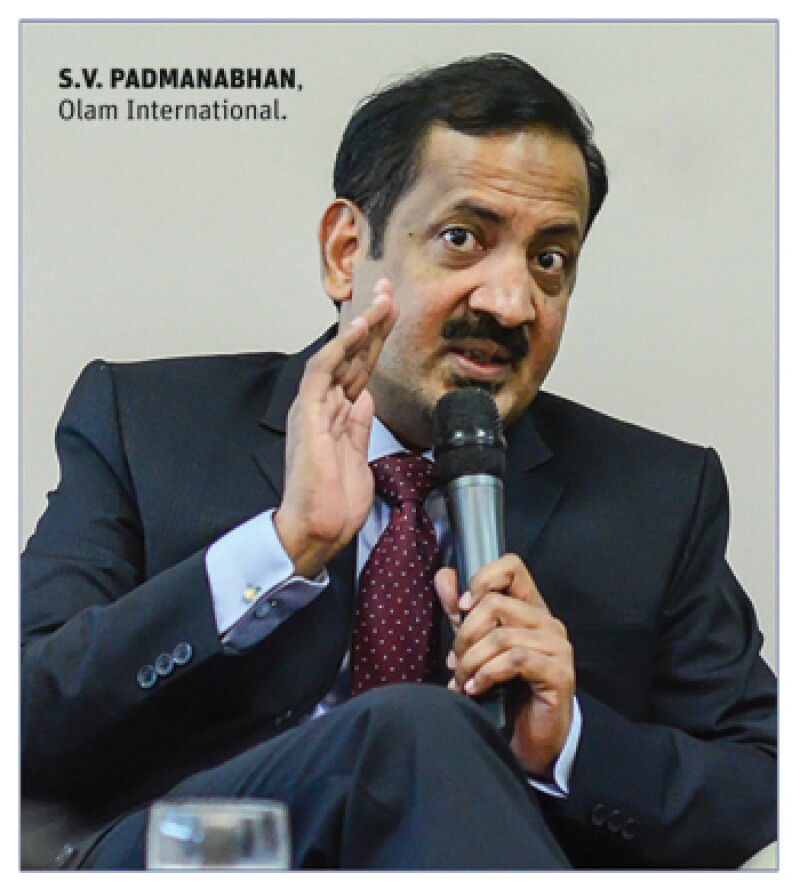
AM: How often is it that you have a meeting with a banker that is trying to develop a relationship with you but that clearly has not put the work in to understand your business?
Padmanabhan, Olam: If I'm honest, with some of the bankers we work with, the answer is every day. We take bankers around to see the various parts of our business: where we buy, where we sell, how we manage things. They have to understand us.
What is the purpose of a banker? Logically, It is, first of all, to ensure that the money they have given to us is returned in a timely basis with interest. It's simple: they need to get comfortable with what we are doing with the money. The second purpose is offering solutions to their clients.
Some bankers look at things from 40,000 feet, because they are dealing with so many different clients every day. Instead, they need to understand the client’s business, and ask us questions. From that, solutions will come naturally. When you think about the value banks can add to a business, it really is immense. But it all starts from understanding the business.
Ong, Maybank: I can concur with that. I run the client coverage team in Singapore and that is exactly what we try to do: understand our customers’ business, get a grasp of the trade cycle, find out who the counterparties are and, more importantly, determine how we can add value throughout that whole process.
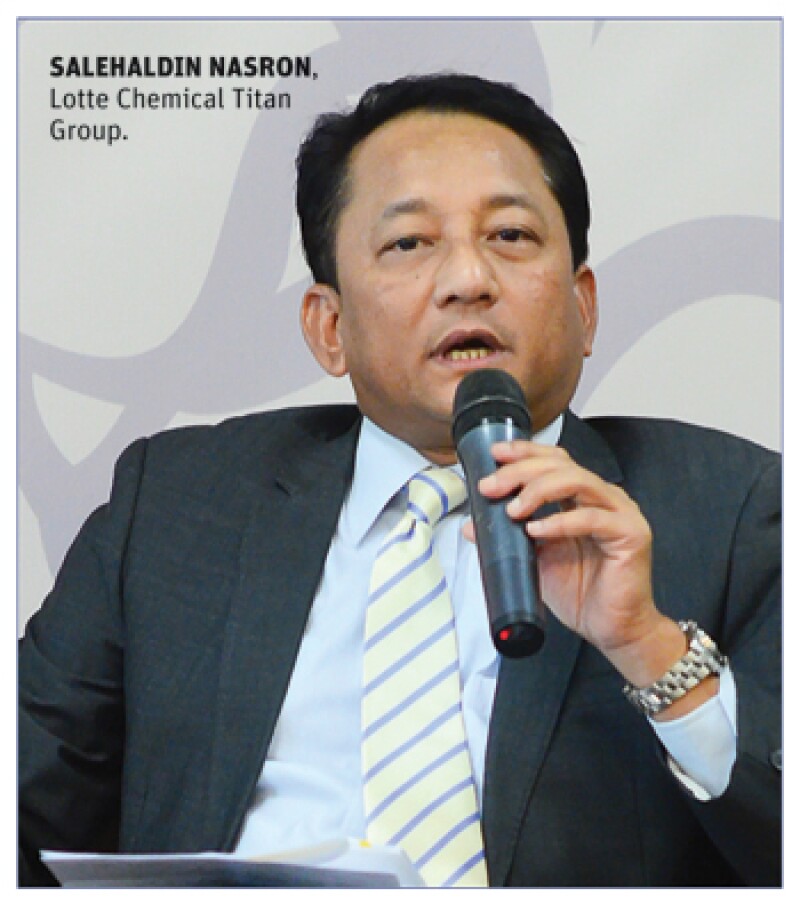
Padmanabhan, Olam: How do you create trust? The most important thing for corporations is that if bad news is going to come, you should be the one to tell them. This is not only for your bankers: in any relationship, you need to be the first person to reach out to them when it matters. You should also, however, reach out to them even when nothing has changed. You reach out to them with no agenda. That is how you develop a relationship.
It is the same from the banks' side. They should not reach out to you just to sell. They should reach out with no agenda, simply because they want to understand your business further. It is also important that if banks have any concerns, or if they are being asked questions by their credit committees, they should just pick up the phone and tell their clients on what areas they are not comfortable.
AM: We talked a bit about the importance of banks that are able to go across borders, but I would like to spend some time discussing a separate — but certainly related — point: the move towards more integrated working capital solutions. John, it might help at the beginning if you give those in the audience a quick primer on what integrated working capital means.
Wong, Maybank: Integrated working capital refers to the combination of cash management, trade finance, and foreign exchange. The key is finding a synergy between these different areas of working capital. A lot of companies may look at these in isolation initially; they may talk to banks about foreign exchange, they may have discussions with other banks about trade finance opportunities. But eventually, most companies look to integrate these different areas of their business. When we sit down with clients, we talk to them about their business cycle, look at the day sales outstanding, day payable outstanding, and inventory outstanding, and help them figure out how much working capital they need. It is important to note when companies take too many loans from banks; there are always associated fees with that. They need to optimise their working capital solution.
AM: There are obvious benefits from integrating your working capital approach, but does this limit your ability to get the cheapest price possible for the individual elements, whether that means keeping the margins on your trade financing as low as possible or getting the cheapest currency hedging options?
Padmanabhan, Olam: Not necessarily. We have relationships with many bankers, so negotiation is not an issue.
Integration is always better. We have talked a little about taking bank lines already. On a given day, the money lying in the bank for us can run into several million dollars. If you can work on a solution with your banker, you can potentially use that money in the bank to trade in the short-term money market. Rates are very low right now, but when rates are high, that can be very useful. It is similar when you look at import and export. You may have an import bill coming in a month, and you can match with export receipts and hedge on exchange rate spreads. You can use your large deposits to get a better rate from the bank and save a couple of hundred thousand dollars just like that.
The small charges can kill you. You can go back to banks and reduce your fees on all of these charges if you are taking an integrated approach. These savings are small in isolation, but when your banking relationships are very spread out, the costs really add up and they make a difference in the long run.
Nasron, Lotte Chemical Titan: As I mentioned, we have relationships with nine banks. The reason for that is that we need a huge amount of facilities for our fixed stock purchases. We purchase naphtha, a product of crude oil, mostly from the Middle East. One shipment of naphtha can cost us $20m or $30m, or even up to $50m, depending on the price, and we ship it every 10 days. The need to have integrated banking facilities to manage this is critical. It is very important for us to have access to funds at the right time so we can get the best price for our shipments, and so the help of our banks in this regard is crucial.
Another thing worth pointing out about integrated capital is that it is simply more convenient. It makes things easier. Rather than having to transfer funds from one bank to another, and pool funds in one account, we can keep our funds in one bank and know that there will be no delays in funding our imports.
AM: Another topic that comes up quite a lot is the electronification of the industry: that is, the move towards more electronic solutions as opposed to physical settlement, towards emails instead of faxes or letters, and so on. How important is it that we move in the direction of more electronic solutions, and to what extent are you seeing that happen already?
Ong, Maybank: It is a trend that has been happening for a few years already. It is really the only way to run a decent business successfully today. This comes back in many ways to the previous question. It really boils down to efficient capital management. Capital is costly. How do you manage the expensive cash that you have? How do you make your capital work harder? Electronification, by making things quicker and cheaper, helps answer these questions.
Wong, Maybank: The take-up of electronic banking services has increased a lot faster than we saw 10 years ago. One of the main reasons is the changing landscape. CEOs and CFOs are getting younger. Those in this room will be much more familiar with mobile phones, tablets, and other electronic gadgets than their predecessors. The lifestyle creates a need for electronification of banking services.
The other part, though, is that bankers know putting things in electronic form does not just allow their clients to access information, but it allows them to access that information wherever they are and even on whatever platform they are using. We need to make sure that clients see that this is the way forward. There are a set of companies coming in, such as Google Pay and PayPal, as well as the financial technology companies, and they will go all the way into the financial chain to reach the client. We need to understand these companies going forward to make sure that banks do not simply remain bricks-and-mortar institutions while other companies are doing all of the innovation.
Ong, Maybank: People are much more mobile in the new global economy. CEOs and CFOs manage large geographical areas as businesses expand across borders. They have to oversee teams in different countries. Electronic solutions are not only quicker, but they also aid this cross-border evolution by allowing translation automatically into different languages and currencies, for instance.
Nasron, Lotte Chemical Titan: The business world now is so competitive that CEOs and CFOs can not wait five days to look at results. The CEO expects to see the results two days after you close and, if you do that manually, that is just not possible.
I remember after I left college, my first job was doing bank reconciliation. For a whole month, that was all that I was doing. But you can do that now at the click of a button. That is very important because the pace of business is getting much faster. Information flows much more quickly nowadays and if you are taking five days to reconcile your accounts, you will get left behind.
Padmanabhan, Olam: The pitching point of electronification is purely cost-driven. Bank charges can be auto-validated, invoices can be auto-validated. The different languages that Amos mentioned mean that you do not need to worry about translators. You do not need to worry about hiring multi-lingual staff members in these regional offices/low cost shared service centers. That all leads to money saved.
I am very gadget-oriented, but I don't do office business on my mobile, because I am scared. If something goes wrong, there are huge ramifications. I have read about the problems with this in the past, so the technology is still not fool-proof. But from a cost point of view, the argument is clear.
Wong, Maybank: A lot of it is do with the leadership of the company. I have experience with a client – I won't mention which company it was – where a new CEO came in that was much older, but he wanted to digitise the process. Because it was driven from the top, the whole organisation embraced digitisation. It needs to have that support from the top to create the will across the company and, as Venkat mentioned, the way to get the CEO and the CFO of a company on board is by convincing them electronification will help them reduce their costs.
AM: The ASEAN integration of capital markets is something that people are increasingly excited about. But in the area of working capital management, how much scope is there for a similar push – and how much difference would integration make on the working capital side?
Padmanabhan, Olam: It would make a huge difference. Through integration, regional banks will more and more be able to increase their footprint in markets across the region. There are a lot of banks trying to service you in capital cities across Asia but in the smaller cities and, in countries like Indonesia, the smaller islands, it is often hard to get banking service. Personally I have my doubts about speedy ASEAN integration, but it will increase competition and ensure a much wider provision of banking services. This part of the world is hugely compelling for international banks. They may have 10 branches in a country. That is a good step. But we need them to go further.
Wong, Maybank: It is the inefficiencies in some parts of the world that create opportunities for more integration of financial services, including working capital. Let me give you an analogy. If you tried to sell water filters in Singapore, would you expect an instant success? Probably not. But if you tried to do it in Vietnam, it would be very popular. If you tried to do it in Australia, it would fail overnight. It is a similar story in terms of financial services. You need to understand where the inefficiencies are.
There are still inefficiencies in some of the growing markets in the ASEAN region. These countries tend to have very high GDP growth rates. They also tend to have very high interest rates. This is where cash management comes in, because companies operating in these economies face a lot of challenges. Their cost of funding is very high and their access to US dollars is very low. How are they going to fund themselves in this situation? They will find that situation a lot easier the more these markets across the region integrate and the more their banks are able to offer them solutions wherever they are in the world.
AM: It would be interesting to go to our corporate speakers on this panel and get mini-case studies on the hurdles they have had to overcome, as well as get a sense of how bankers are able to work with them to move past these issues. Azhar, perhaps we could start with you?
Nasron, Lotte Chemical Titan: Absolutely. The petrochemical business is a very cyclical business. It is very dependent on the wider economic backdrop. Our company produces plastic resins, which go in many, many different products. People probably touch our products 100 times a day. But when we were in a downturn, a lot of banks got jittery. The company owed its banks a lot of money at one point and there were a lot of covenants that we had to meet.
I started at this company as financial director in Indonesia in 2008, during the last financial crisis. The first time I came to the office to look at the financial statements, I realised that in the first eight months of the year we had almost hit our annual target. But over the course of the financial crisis, the price of oil went from $140 per barrel to around $40 per barrel. Most businesses in our world collapsed, and we were hit hard. Those eight months of profit that we had made were completely wiped out in the last quarter of the year. Because of that, we didn't meet the financial covenants.
At that point, the bank can declare that your loan is in default. There is a lot of cross-default language that would lead to you being declared bankrupt if they did that. The challenge we had was to convince the bankers that we are in this business not for the short-haul, but for the long-haul. This goes back to the issue of trust that we were talking about earlier. It is at a time like that you need the bankers that will stick with you through rain or shine. As long as bank can trust us, we can bring the company up again. Some banks did stick with us, and 2009 was the best year the company had ever had. They were rewarded for their loyalty.
Wong, Maybank: Banks need to look at a few things in a situation like this. How important is the client to us? How big is the loan? And, importantly, if it is a syndicated loan, who is in the syndication? Sometimes we are leading the loan; sometimes we are participating in loans from other banks. That can make a difference to how much we can give the client leeway.
Ong, Maybank: It is important to look at the root cause of why a company is facing problems. In Lotte Chemical Titan's case, it was really a market-driven event. It was due to a shift in market conditions. At Maybank, we are not fair weather bankers and are generally more understanding of customers who find themselves in a situation like that through no fault of their own. We strive to humanise financial services and would try, as far as possible, to ride out the storm with the client. We see each client relationship as a mutually beneficial, long term one.
Padmanabhan, Olam: Banks are like a computer program in the sense that there is no grey. It is black or white. Once a banker has come in and given you a loan, and all of the covenants have been laid out, it is out of his hands. If there is a covenant breach, then the loan gets referred to the risk department. This is why finance professionals, even more than their bankers, need to do sensitivity analysis to find out what will happen to them in extreme market scenarios. As long as that comfort has been communicated month after month and year after year to the banker, when things go wrong, there are few banks that will walk away from you. They know that you have taken account of the extreme risks and, in all likelihood, you have already thought of a solution.
AM: Venkat, can you give us an example of one of the major hurdles that Olam faces in its day-to-day business, particularly with regards to dealing with your relationship banks?
Padmanabhan, Olam: We are in the mid-stream of the commodity supply chain. We have about $5.5bn of fixed assets all over the world. We buy as close to the form gate as possible and supply to the factory gate. It is extremely working capital-intensive, and when commodity prices are volatile, your costs can change very quickly. Our margins remain the same when commodities prices rise, but what happens to our working capital requirement? It goes up. What happens to our debt leverage? It goes up.
How do we communicate this to the banks, and to the market? We need them to understand that all our commodities are fully hedged, but making them understand that is one of the major challenges we face.
Wong, Maybank: This all comes back to understanding the client. The banking business used to be much more desk-oriented. You would spend your day sitting at a desk. You might get a promotion and get to move into an office. That is not how things are done anymore. Bankers need to make the effort to understand the clients. They need to visit the plants, or see the factories. They need to understand the product cycle. When they do that, it is much easier for them to understand the constraints that businesses face in times of market volatility. The most important thing is working together.
AUDIENCE MEMBER: I have a question for Venkat. You mentioned you operate in more than 60 countries. What are the challenges you face in countries such as Myanmar or Papua New Guinea, where regulations are constantly changing?
Padmanabhan, Olam: You're absolutely right to identify those two countries. They are just opening up, and there is a real challenge for them to understand various issues such as bankers guarantees, for example. But at the same time, the silver lining there is that you can create a solution around it.
For example, let's take a hypothetical situation in PNG, where you are importing goods into the country and giving them to a local distributor to supply. The distributor tells you that they cannot give you any guarantee. You approach a bank and ask them if they can help, but the local banks do not have the balance sheet to do that. You either take the exposure to that supplier or you find another solution.
One solution is that you securitise the cargo, and sell each container individually. You may have a shipment worth $25m, but by dividing the cargo into individual containers, you could reduce your exposure to $200,000, for instance. It is this sort of thinking that you need in markets like PNG. You do not always have the infrastructure you rely on elsewhere, so you need to think outside of the box.

